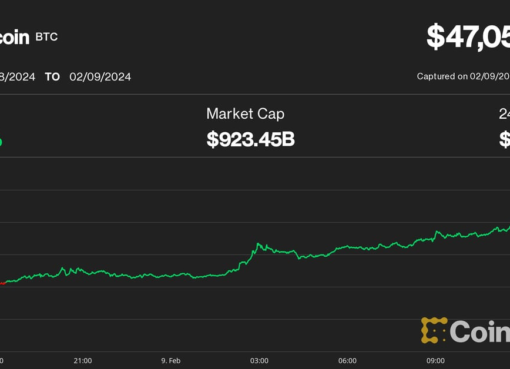During the first week of Feb. 2023, the United Kingdom Court of Appeal overturned a High Court decision from March 2022 in the case of Craig Wright’s Tulip Trading Limited (TTL) vs. 16 cryptocurrency developers. The case will proceed to trial as Wright, who claims to be Satoshi Nakamoto, stated his team was “delighted” with the judges’ decision to overturn the March dismissal. Meanwhile, former Bitcoin core developer Gavin Andresen revised a 2016 blog post, insisting that it was a “mistake to trust Craig Wright as much as I did.”
Court of Appeal Allows Tulip Trading Case to Proceed to Trial; Gavin Andresen Reflects on Trusting Craig Wright, Refuses to Play ‘Who is Satoshi’ Game Anymore
Craig Wright, the Australian man who claims to be the pseudonymous creator of Bitcoin, Satoshi Nakamoto, won an appeals motion on February 3, 2023, allowing his firm, Tulip Trading Limited (TTL), to take 16 open-source cryptocurrency developers to trial. Three judges overruled a previous dismissal from March 2022. TTL is seeking roughly $3 billion in alleged stolen digital assets and asserts that fiduciary and tortious duties require open-source blockchain developers to encode a digital asset recovery tool. The Bitcoinsv (BSV) network, which forked from Bitcoin Cash (BCH), has already implemented a digital asset recovery tool on its chain.
“We are delighted that the judges have granted permission for TTL to pursue its claim for breach of fiduciary duties and/or duty of care against the developers of blockchain linked digital assets including bitcoin,” Wright explained after winning the appeal.
After the U.K. court overturned the previous decision, former Bitcoin core developer Gavin Andresen revised a blog post he wrote in May 2016. The original post detailed Andresen’s meeting with Craig Wright and it stated, “I believe Craig Steven Wright is the person who invented Bitcoin.” The post now includes an update from Andresen acknowledging that he believes it was a mistake to trust Wright. “Feb 2023: I don’t believe in rewriting history, so I’m going to leave this post up,” Andresen wrote. “But in the seven years since I wrote it, a lot has happened, and I now know it was a mistake to trust Craig Wright as much as I did.”
The former Bitcoin core developer added:
I regret getting sucked into the ‘who is (or isn’t) Satoshi’ game, and I refuse to play that game anymore.
Andresen’s 2016 post received significant criticism when it was initially published on the web. Six years ago, the developer also discussed the situation with members of the Reddit community after the post was released. “Craig signed a message that I chose (‘Gavin’s favorite number is eleven. CSW’ if I recall correctly) using the private key from block number 1,” Andresen said at the time. “That signature was copied onto a clean USB stick I brought with me to London, and then validated on a brand-new laptop with a freshly downloaded copy of Electrum. I was not allowed to keep the message or laptop ([for] fear it would leak before Official Announcement). I don’t have an explanation for the funky OpenSSL procedure in his blog post.”
Later, during a Kleiman vs. Wright deposition in June 2020, Andresen told the court that during the 2016 signing process, he could have been deceived. “There are places in the private proving session where I could have been fooled, where somebody could have switched out the software that was being used or, perhaps, the laptop that was delivered was not a brand-new laptop, and it had been tampered with in some way. I was also jet-lagged,” Andresen noted in the deposition. “My doubts arise because the proof that was presented to me is very different from the pseudo-proof that was later presented to the world.”
It is unclear why Andresen decided to revise the post after Wright won the appeal and obtained the right to take the developers to trial. Despite Andresen’s update, some BSV supporters continue to believe that Wright is the creator of Bitcoin, while other BSV advocates have requested that Wright “demonstrate the same block signing” that he performed privately.
What do you think about Craig Wright’s ongoing legal battles and Gavin Andresen’s recent revision of his 2016 blog post? Share your thoughts in the comments below.
Image Credits: Shutterstock, Pixabay, Wiki Commons
Disclaimer: This article is for informational purposes only. It is not a direct offer or solicitation of an offer to buy or sell, or a recommendation or endorsement of any products, services, or companies. Cryptox.trade does not provide investment, tax, legal, or accounting advice. Neither the company nor the author is responsible, directly or indirectly, for any damage or loss caused or alleged to be caused by or in connection with the use of or reliance on any content, goods or services mentioned in this article.




